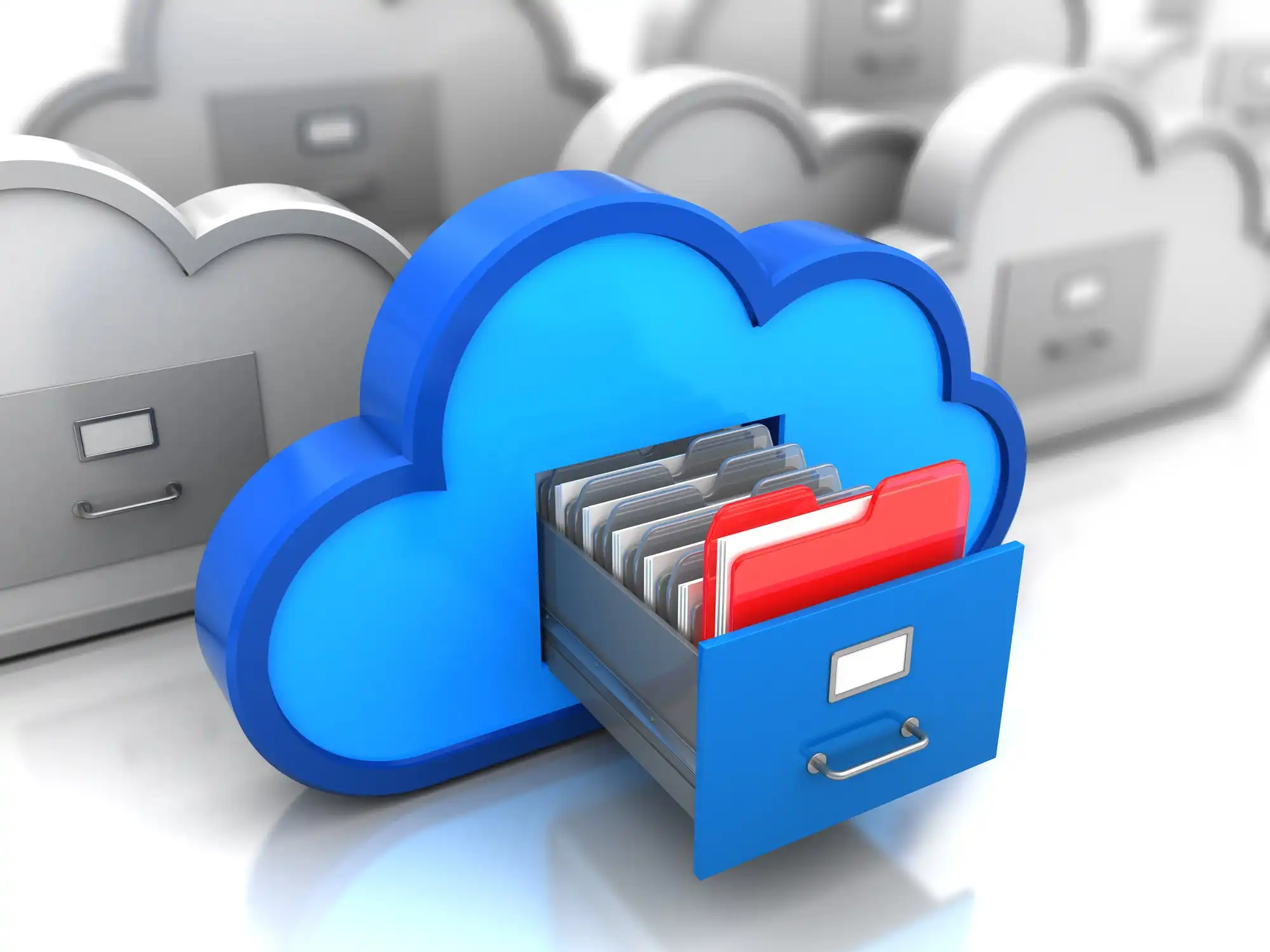In an age of always-on connectivity and increasingly sophisticated cyber threats, the need for robust backup and disaster recovery (BDR) strategies has never been more urgent. Businesses of all sizes are embracing cloud-based solutions not only for day-to-day operations but also to ensure they’re protected when things go wrong.
The Modern Risks to Your Data
Downtime doesn’t just hurt productivity—it costs money. For small and medium-sized businesses (SMBs), even a few hours offline can result in lost revenue, missed opportunities, and reputational damage. The most common causes of data loss or service disruption include:
- Ransomware attacks
- Hardware failures
- Accidental deletion
- Natural disasters
- Insider threats
These risks highlight the importance of having a reliable, automated, and scalable recovery plan.
Why Cloud-Based Backup & DR Makes Sense
Traditional on-site backup systems have limitations. They often rely on physical devices that are just as vulnerable as the systems they protect. Cloud-based BDR takes a smarter approach:
- Remote & Redundant: Your data is stored off-site, protected from localised failures.
- Scalable: Cloud storage grows with your needs—no hardware upgrades required.
- Accessible: Recover systems and files from anywhere, quickly and securely.
- Automated: Scheduled backups eliminate human error and missed steps.
This approach offers greater business continuity and resilience, ensuring operations can continue, even in the face of major disruption.
Key Components of a Cloud BDR Strategy
- Regular, Automated Backups
Ensure critical systems, files, and databases are backed up at intervals aligned with your business risk tolerance (e.g., hourly, daily). - Versioning & Retention Policies
Keep multiple versions of files to protect against ransomware or unintended changes. Configure how long backups are stored. - Geo-Redundancy
Use services that replicate data across multiple data centres to mitigate the impact of regional outages. - Disaster Recovery as a Service (DRaaS)
Consider providers that offer full system failover capabilities—so your business can be back online with minimal downtime. - Testing & Validation
Regularly test your backups and disaster recovery plans. A backup is only as good as your ability to restore from it.
Choosing the Right Cloud Tools
There’s no one-size-fits-all solution. Consider the following factors when selecting cloud backup and DR tools:
| Consideration | Why It Matters |
|---|---|
| Compatibility | Supports your existing systems and applications |
| Speed of Recovery | Defines how fast you can get back to business |
| Encryption & Security | Protects your data in transit and at rest |
| Cost Predictability | Clear pricing for storage, recovery, and usage |
| Support & SLAs | Ensure guaranteed uptime and access to assistance |
FYDUS Recommendations
At FYDUS IT Solutions, we recommend a layered approach. This may include:
- Daily encrypted cloud backups of servers and endpoints
- DRaaS plans for critical workloads (e.g., ERP, CRM, email)
- Local backups with cloud replication for hybrid resilience
- Scheduled disaster recovery simulations to test readiness
This strategy balances performance, cost, and recoverability for a robust BDR posture.
Final Thoughts
Disaster recovery isn’t just for major enterprises. Cloud-based BDR solutions have made enterprise-grade protection accessible and affordable for SMBs. The question isn’t if a disruption will occur—it’s when. Being prepared can mean the difference between a minor hiccup and a business-ending event.
If you’re unsure where to start, FYDUS IT Solutions can help you evaluate risks, select the right backup tools, and implement a disaster recovery strategy tailored to your needs.





